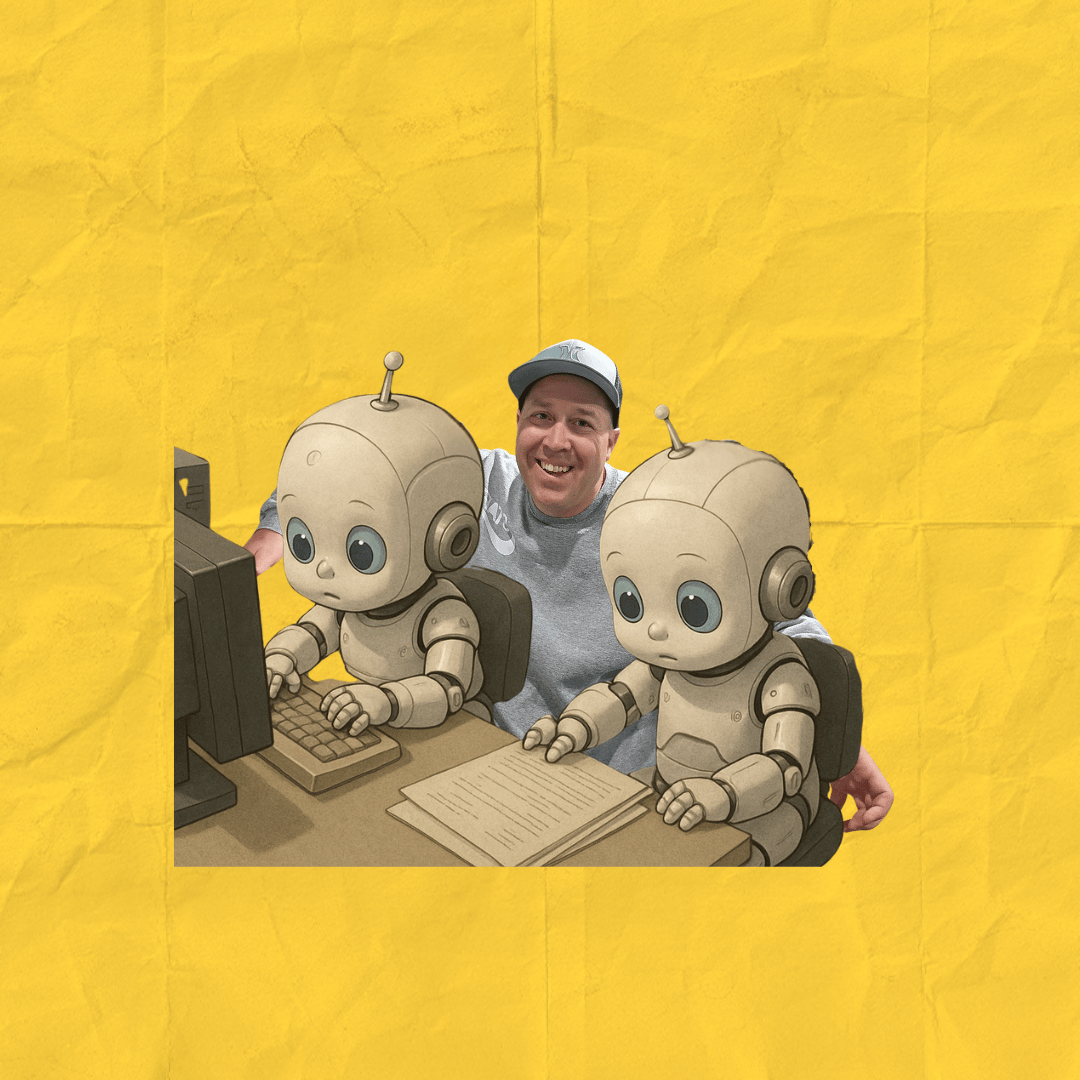- the Weekly Invoice
- Posts
- Raising Agents
Raising Agents
I'm running a nursery for toddler AI agents at Rising Tides
Most leaders underestimate the effort it takes to “manage” AI agents—assuming they’ll just work out of the box. The truth? Building culture with AI requires as much intentionality, feedback, and iteration as nurturing a high-performing human team. The difference: AI learns faster, but only if you treat it like a real member of the company.
The Myth: AI Agents Are “Set-and-Forget”
It’s tempting to believe that AI agents, unlike people, don’t need culture. But as more companies deploy AI alongside humans, a new reality is emerging: both require onboarding, feedback loops, and clear expectations. The difference is in the application—AI agents can adapt instantly, but they need the same clarity and structure as any new hire.
1. Nurturing AI (Almost) Like Humans
AI agents, like employees, need:
Clear direction: The quality of your prompt is the quality of your outcome.
Consistent feedback: Agents improve with corrections and context, just like people.
Ongoing training: New data, new tasks, new workflows—AI needs regular updates.
But here’s the twist:
AI is (mostly) free of bias, doesn’t get tired, and can “learn” from a single correction. In a recent McKinsey survey, 68% of leaders said their AI agents outpaced human onboarding by 5x after initial setup. The catch? The up-front effort to “teach” your agents is just as real as with people.
One major difference that we see at Rising Tides is that (of course) we don’t see the direct results from nurturing an agent, like we do a co-worker or employee. However the result and effects are seen directly in the humans affected, new prospects, clients and associates. Trained properly you find outsized rewards for your effort.

Author at work, with my twin acquisition agents
2. Where AI and Humans Diverge
Speed of learning: AI agents can instantly absorb new rules or context. Humans need repetition.
Bias: AI, when properly trained, can execute without the baggage of office politics or unconscious bias. (Of course, garbage in = garbage out.)
Consistency: AI doesn’t forget, doesn’t get distracted, and doesn’t need reminders—if you’ve set it up right.
But both need:
Regular check-ins: Even the best AI can drift or misinterpret new situations.
Clear quantification: Define what “good” looks like—metrics, outcomes, and boundaries.
Cultural context: The best AI agents are “taught” your company’s tone, values, and preferred ways of working.
3. The New Management Playbook
Think of managing AI agents like parenting:
Train on the action: Show, don’t just tell, what you want done.
Quantify and qualify: Be explicit about outcomes and standards.
Direct task orientation: Start with clear, outcome-driven tasks before layering in nuance.
Prepare to Circle Back: It may take a few rounds to nurture an agent to the “right” result, but each step the changes get more focused.
Bottom Line
You can’t “set and forget” culture with AI—just as you wouldn’t with people. But if you invest in both, you’ll build a team (human and machine) that’s aligned, efficient, and uniquely your own.
What’s working for you?
Reply and share how you’re blending AI and human culture—or the biggest challenge you’re facing. And if this was useful, forward to a founder who’s wrestling with the same questions.
See you next week—keep building, keep aligning - Grady
You’ve never experienced business news like this.
Morning Brew delivers business news the way busy professionals want it — quick, clear, and written like a human.
No jargon. No endless paragraphs. Just the day’s most important stories, with a dash of personality that makes them surprisingly fun to read.
No matter your industry, Morning Brew’s daily email keeps you up to speed on the news shaping your career and life—in a way you’ll actually enjoy.
Best part? It’s 100% free. Sign up in 15 seconds, and if you end up missing the long, drawn-out articles of traditional business media, you can always go back.

